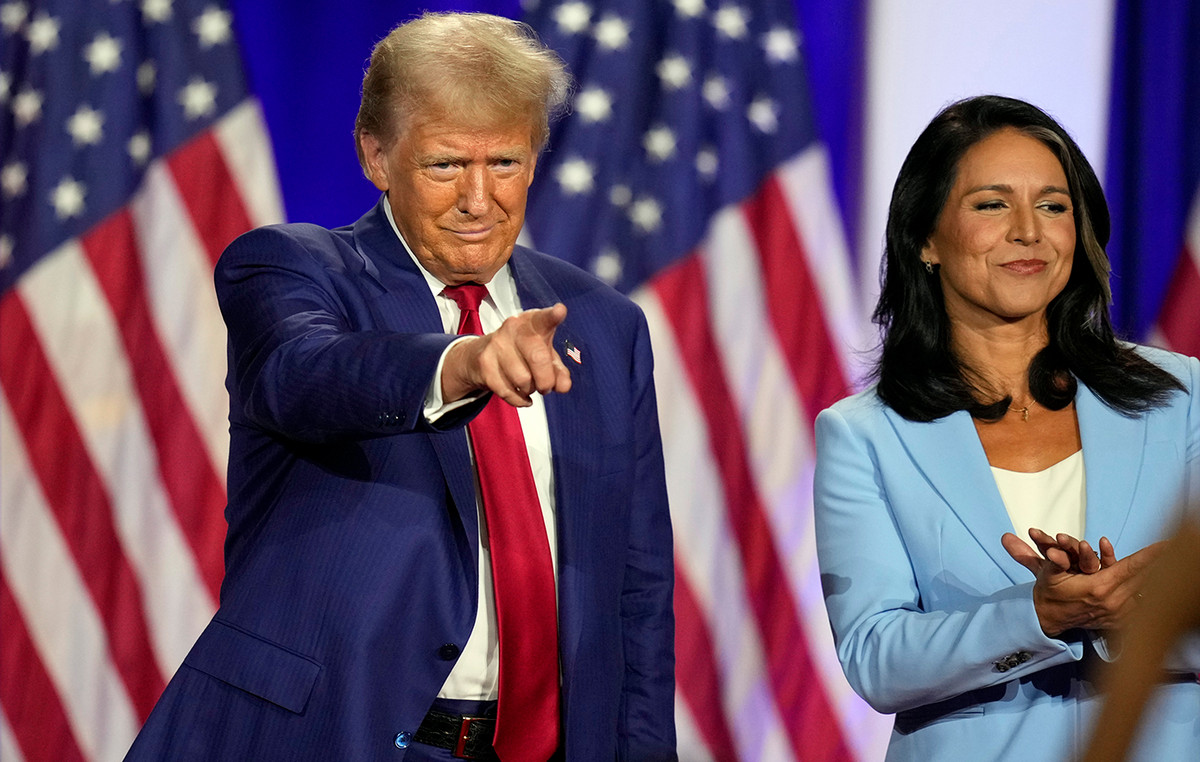The prospect of a rise in the price of a barrel of oil – which could reach US$ 100 later this year – arouses the interest of investors. Industry experts interviewed by the CNN Brasil Businesshowever, warn that investors need to familiarize themselves with the company’s business model and make long-term bets.
According to them, the level of US$ 100 should be achieved for three reasons: global demand, reduction in the impact of the Ômicron variant —below what was initially expected— and a cut in OPEC (Organization of Petroleum Exporting Countries) offers.
“It is not new that there is a mismatch between production and demand [do petróleo]”, says Ilan Arbetman, analyst at Ativa Investimentos. He explains that after the third quarter of 2020, when the most developed countries understood the coronavirus, the economy resumed and demand grew.
With this scenario, the International Energy Agency (IEA) raised its forecast for world oil consumption in 2022 by 200,000 barrels per day (bpd) to 3.3 million (bpd).
Felipe Izac, a partner at Nexgen, says that global demand has basically returned to pre-pandemic levels in the vast majority of economies, “with the exception of aviation fuels, which should resume throughout the year”.
André Querne, a partner at Rio Gestão, believes that OPEC cuts in previous years are also responsible for the rise in barrel prices. On April 9, 2020, for example, the organization reduced production of the commodity by 10 million barrels per day in May and June of that year, with the aim of helping to sustain prices in the face of the pandemic.
“And even with the resumption of the OPEC cut over time, it’s not instantaneous,” says Querne. “That way, the supply is much smaller than the demand”.
Another factor that can also push oil prices up, according to the Ativa analyst, is renewable energy. He points out that “there was no increase by the companies to develop more oil. Thus, demand grew and supply stagnated.”
“The lack of investment is because companies are looking to increase their portfolio, reducing the supply of fossil fuels, and working with renewable energies”.
According to the Ministry of Mines and Energy, renewable energy accounts for almost 50% of the Brazilian energy matrix, and almost half of the energy produced in Brazil comes from renewable sources.
The International Energy Agency has pointed out that renewable energy is expected to account for nearly 95% of the world’s energy capacity increase by 2026.
Possible bottlenecks
The partner and portfolio manager at Nexgen, on the other hand, says that Ômicron “can, indeed, stop the rise in oil prices”. The expert says that the variant arrived in China in January this year, and its potential impact, in terms of mobility in the country, is still unknown, “given the low Chinese tolerance for contamination”.
The Asian country only registered its first case on December 13, 2021. However, in the event of a worsening, “although unlikely”, says an expert, “more restrictive measures can reduce consumption and lower the price of oil”.
Izac also points out that the most hawkish of the Fed (Federal Reserve) may bring an even stronger dollar, making oil more expensive in other currencies and, consequently, forcing a drop in demand.
The US central bank kept rates in a range of 0% to 0.25%, according to the monetary policy update released after the January 26 meeting.
However, Fed Chair Jerome Powell has indicated that the first rate hike should take place at the March meeting, if conditions are right.
And experts point out that the commodity still has two variants that so far have not generated any upward movement in oil, but could affect the price throughout 2022: geopolitical tension between Russia and Western countries due to the possibility of invasion in Ukraine and the escalation in the production and export of the commodity in Iran.
See below the history of the price of the commodity brent, reference of the oil market:
Impacts on Ibovespa
Given the positive scenario for the commodity in 2022, the Ibovespa follows the wave of barrel prices. The main stock index hit 113 thousand points on Tuesday (1st).
The market says that the level is the result of a market movement. Investors are shifting their portfolios to assets seen as cheaper. And Brazil, for being an emerging market and having companies specialized in commodities, ends up standing out.
“Considering the high weight of these companies in the Ibovespa index, especially Petrobras (PETR3 and PETR4), it is also possible to expect a positive impact on the index”, points out Izac. The company’s shares correspond to 10% of the Ibovespa portfolio.
Ilan Arbetman, from Ativa Investimentos, says he believes that this is a good time for investors to bet on companies that work with the commodity, but he points out that “there is nothing new, the growth in the price of a barrel and the impact on companies will be to long term. So hardly [o mercado] will make huge gains and quickly.”
Investment experts in the sector warn that investors need to become familiar with the company’s business model.
“Just because the commodity has bullish prospects doesn’t make any investment interesting,” says Arbetman.
“It is always necessary to make an investment with a view to the long term, and to know that there are a number of factors that need to be taken into account when buying an asset”.
A survey carried out by Economatica at the request of the CNN Brasil Businessdemonstrates the performance of Brazilian companies that work with oil between the first trading session of the year and February 3:
Source: CNN Brasil
I am Sophia william, author of World Stock Market. I have a degree in journalism from the University of Missouri and I have worked as a reporter for several news websites. I have a passion for writing and informing people about the latest news and events happening in the world. I strive to be accurate and unbiased in my reporting, and I hope to provide readers with valuable information that they can use to make informed decisions.







